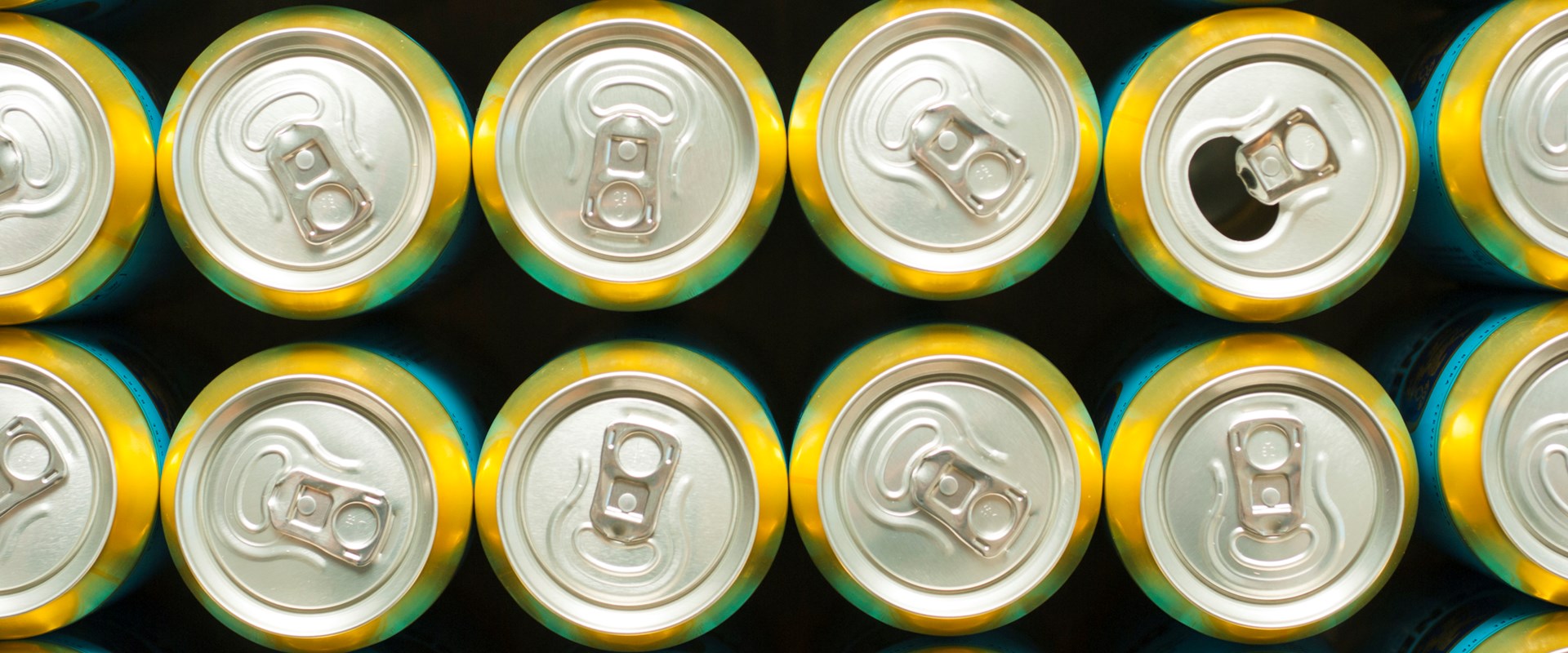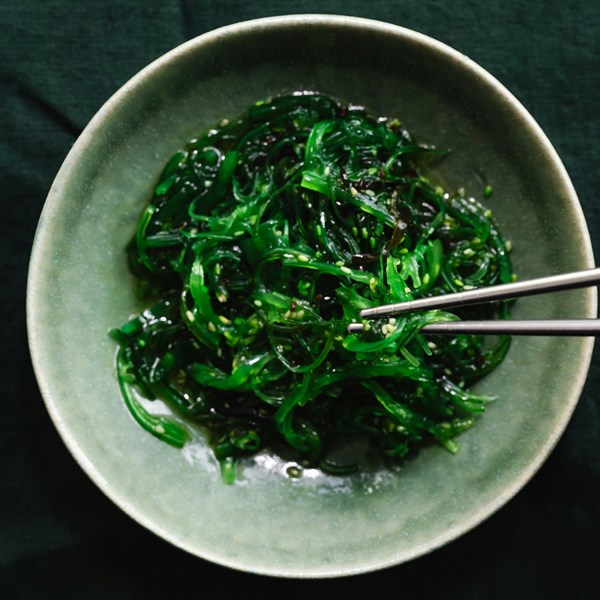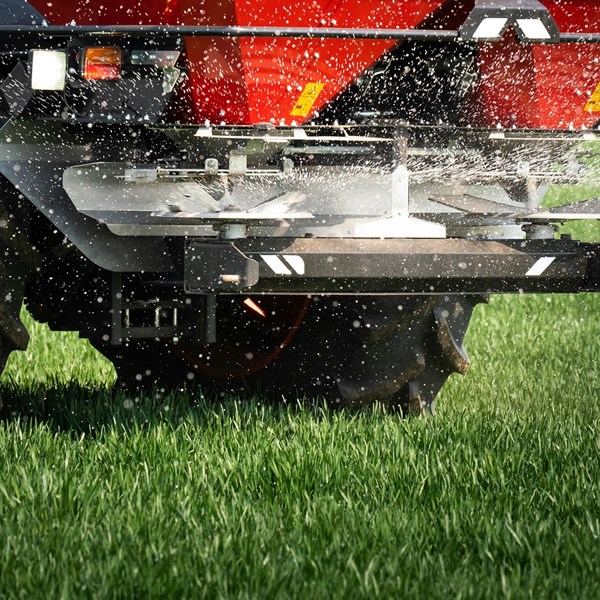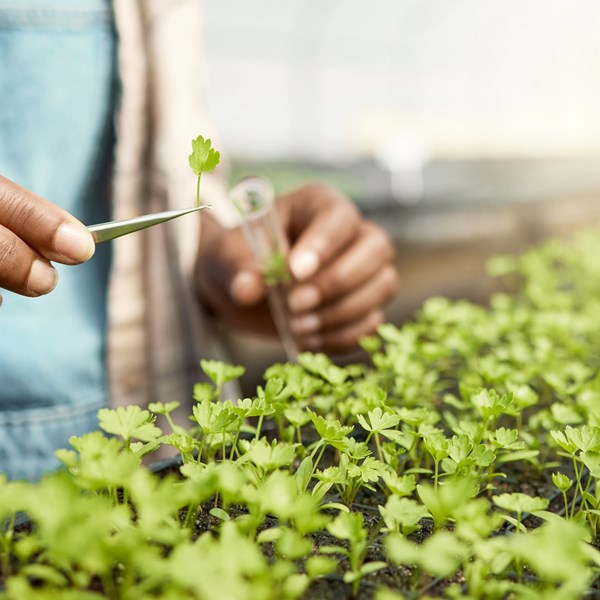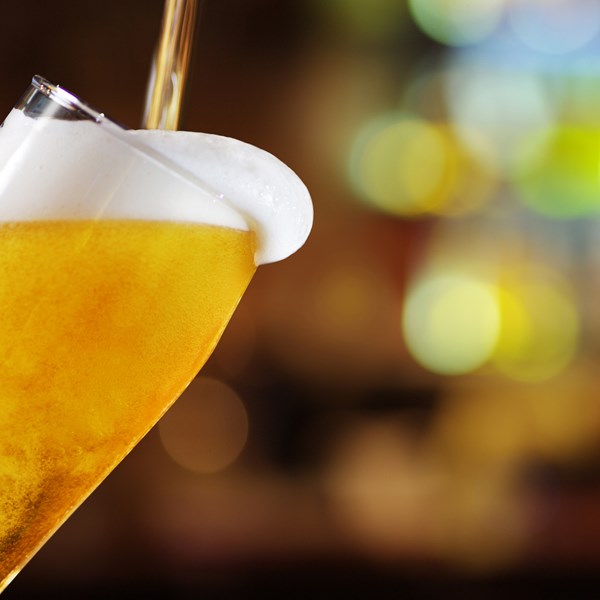The tastes of food and drink consumers are continuing to change. People are more health conscious. They are looking for more sustainable options. At the same time, they want new, exciting and tasty new alternatives to enjoy. These demands are hitting the producers of alcoholic beverages as hard as any other part of the food and drink industry.
The big question is how are the manufacturers of alcoholic beverages melding to meet their consumers’ changing tastes? Here are some of the key trends we have seen from the work we are doing with brands all over the world.
LESS IS MORE!
The market for low and no alcohol beers, wines, spirits and ciders wine grew by more than 7% in the major global markets last year. This has taken the annual spend on no and low alcohol products to over $11bn.
Given millennials (those born between 1981 and 1996) make up the majority of no/low consumers, producers will need to continue to innovate in this area to meet what will only be continued demand as this market segment matures.
ADOPTING MORE SUSTAINABLE PRACTICES
In addition to finding exciting and enjoyable new flavours, most customers also want to know they are buying sustainable and environmentally responsible products from sustainable and environmentally responsible companies.
This means manufacturers must work hard to find more sustainable production processes and packaging and delivery solutions so they can - as some brewers are already doing - promote themselves as climate-neutral or even Co2-negative. Customers also want to see manufacturers using natural resources like water more responsibly. In addition, applying either your own or other companies’ side streams (i.e. waste streams that have traditionally been discarded) is another way manufactures can move towards being climate-neutral. In fact, applying side streams may even decrease production costs and, as a result, drive revenue in a positive direction.
The importance of operating in a more sustainable way is supported by various industry studies. In ‘The Future of Beer and Cider’, Mintel reported that 82% of Spanish consumers, 80% of Italian consumers, 75% of French consumers and 58% of German consumers consider sustainability to be central to their purchasing decisions.
HIGH-END APPEAL
It may sound counterintuitive given the current economic situation but the demand for high end products is increasing, particularly with regards to spirits.
According to Beverage Daily, while standard spirits’ sales grew by 2%, sales of premium spirits grew by over 13%. As they command a higher retail price, developing high end extensions to current product ranges could be a profitable diversification option for distillers.
MORE RTDs
Ready-to-drink or RTD drinks are continuing to grow in popularity. RTDs are appearing in more and more exotic flavours, capturing not only consumer demand for more exciting concoctions but also keeping pace with the current trend for “culinary globalisation”.
It is interesting to note that while the base alcohol and alcohol content still rank in the top 5 reasons for purchasing an RTD, both are being trumped by “good flavours” according to a study into RTDs conducted by Mintel in 2022.
COCKTAILS TO-GO
Cocktails-to-go is a segment of the RTD market showing particular growth. It is forecast that the market for drinks in cans will grow by 230% by 2031, growth that will easier to deliver given the improvements in online retailing and delivery. ‘Cocktails in a can’ will be at the forefront of this growth and, given the continuing increase in no/low consumers, ‘cocktails in a can’ with low or no alcohol is likely to drive a substantial part of this growth.
TASTE SENSATIONS
Younger adults aged 22 to 34 are looking for more new flavours and producers are responding in a variety of ways.
Wines are being produced that offer more accessible fruit flavours like strawberry, apple, lemon and lime. Beers are experimenting with flavourings like citrus fruits and berries not to mention green tea & lemon. The so called ‘hard seltzers’ are also branching out with more daring flavours like chilli and blood orange. Alcoholic varieties of iced tea are also reaching our shelves.
The use of botanicals like thyme and sage are also becoming more widely used, particularly in craft beers.
It seems as though whichever branch of the drinks business you are in, you will need to continue to develop even more creative flavour blends to hold the interest of the younger end of your client base.
MIX IT UP
Simply sticking a lemon in a bottle of Mexican beer is not enough to differentiate a product today. Consumers want more interesting mixers and mix-ins.
In a recent study conducted by Bacardi Global respondents said they wanted to see more products use flavoured bitters, coconut water, coffee, and fermented mixers. This is supported by the sales figures previously unfashionable bitters like Aperol and Campari are seeing. The rapidly growing appeal of the Aperol Spritz (Aperol, prosecco and soda) is irrefutable evidence of this!
GOING TO POT
The 2021 BevAlc report predicted cannabis-infused drinks have the industry’s highest growth potential.
Manufacturers have taken note and a flurry of non-alcoholic, cannabis-infused drinks have hit the market, again – on trend - sweetened with the clever use of botanicals like ginger, juniper, and cardamom.
DIVERSIFICATION
Many beverage brands are diversifying their product ranges to drive sales. This takes several forms. The producers of soft drinks are launching alcoholic alternatives (i.e. ‘hard seltzers’). Brewers are launching spirits or buying distillers. Companies from different sectors are partnering to produce new products they hope will appeal to both their respective markets.
This activity isn’t limited to struggling or up and coming brands either. It has involved an enormous range of some of the world’s best known companies including Heineken, PepsiCo, Coca-Cola and, perhaps most notably, Monster Beverage Corp (the maker of Monster Energy drinks) who created CANarchy, a collective of five craft breweries formed in a $330 million deal.
CANarchy already produces 616k barrels of beer and 211k barrels of hard seltzer each year and the success of the venture has prompted Monster to open talks with Constellation Brands. If they’re successful it would see the instant addition of spirits and wines to their portfolio.
Even the world’s best-known companies are looking to collaborate with small, agile and innovative companies so they can bolster their portfolios and pipelines with younger and hipper brands. Recently we have seen one of our own clients, NJORD, form a partnership with brewing giant Carlsberg and heard about ISH Spirits’ collaboration with Manolo Blahnik, a huge name in the luxury goods field.
You may already be discussing how you can capitalise on some of these trends. However, developing new the ideas, products and processes that will frame the next stage in your development and maximise the value of your business must be done safely and commercially.
This is where the members of our dedicated foodtech and FMCG teams will help. All of us have worked with highly innovative food and drinks producers at every stage of their lives, from ambitious start-ups to some of the world’s best-known names.
This experience means we can add value to every aspect of your business.
Our patent attorneys can help with your R&D and with protecting the different elements of your products, production and packaging and also navigate? the increasingly complex regulatory environment governing the development of new foods and drinks.
Our trade mark attorneys can help you develop and protect your brand in this hugely competitive market.
Our IP lawyers will provide the legal framework you need to leverage the commercial opportunities your IP offers not to mention help you protect your business-critical recipes using trade secrets.
If you would like to discuss a specific idea with one of our foodtech and FMCG attorneys, please contact us today.
